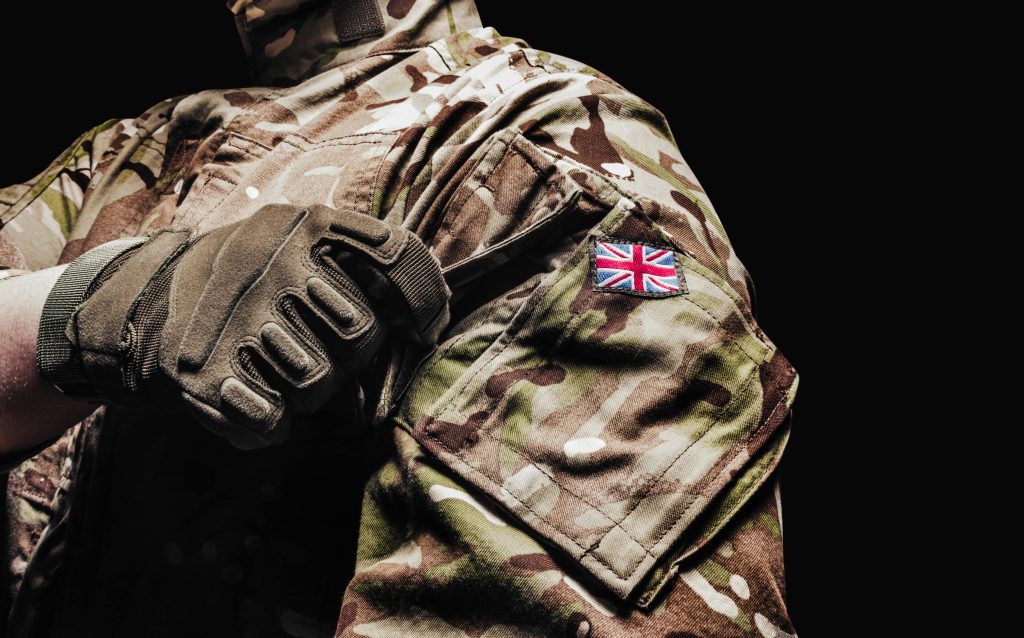A recent court ruling in Northern Ireland has sparked debate about the 1992 IRA killings. The court said the British Special Air Service (SAS) used unjustified lethal force when four IRA members were killed at St. Patrick’s Church in Clonoe, County Tyrone. The court questioned whether the SAS soldiers had a valid reason for their actions.
The 1992 Incident
The incident, also known as the Clonoe Ambush, happened on February 16, 1992. The four IRA members, Kevin Barry O’Donnell, Sean O’Farrell, Peter Clancy, and Daniel Vincent, were killed after they attacked a Royal Ulster Constabulary (RUC) station. The IRA used a hijacked lorry to fire about 60 rounds at the station. In response, an SAS team fired over 500 rounds at the IRA members and vehicles in the area.
The Ruling
Justice Michael Humphreys criticized the SAS operation. He said the soldiers did not have an honest belief that their actions were necessary. He noted that no attempt was made to arrest the IRA members before shooting began. Instead, the SAS used lethal force, which the judge said was unreasonable. He argued that if the soldiers had waited for the IRA men to get out of the truck and disarm, a violent exchange could have been avoided.
Humphreys also pointed out the lack of planning and control in the operation. He believed that the risk of a firefight could have been reduced if the attack had been delayed.
Reactions
The ruling has led to strong reactions from both sides. The Ulster Unionist Party disagreed with the decision. Their spokesperson said the court was wrong to criticize the soldiers, arguing that it is easy to judge military actions from a courtroom. They believe the deaths of the IRA men were justified because of their violent actions.
On the other hand, Sinn Féin MP Cathal Mallaghan praised the ruling. He said it confirmed what many in the community had known—that the IRA members were executed by the SAS without reason. He argued that the use of lethal force was wrong and disproportionate.
Broader Impact
The ruling has brought attention to military actions during the Troubles in Northern Ireland. It raises questions about the use of lethal force in conflict zones. Some still defend the use of force to fight terrorism, while others say such actions should be closely examined to ensure they are justified and fair.
This decision has sparked a wider debate about accountability and the rules for military action. It could affect the legacy of the SAS and influence future operations in conflict zones.


